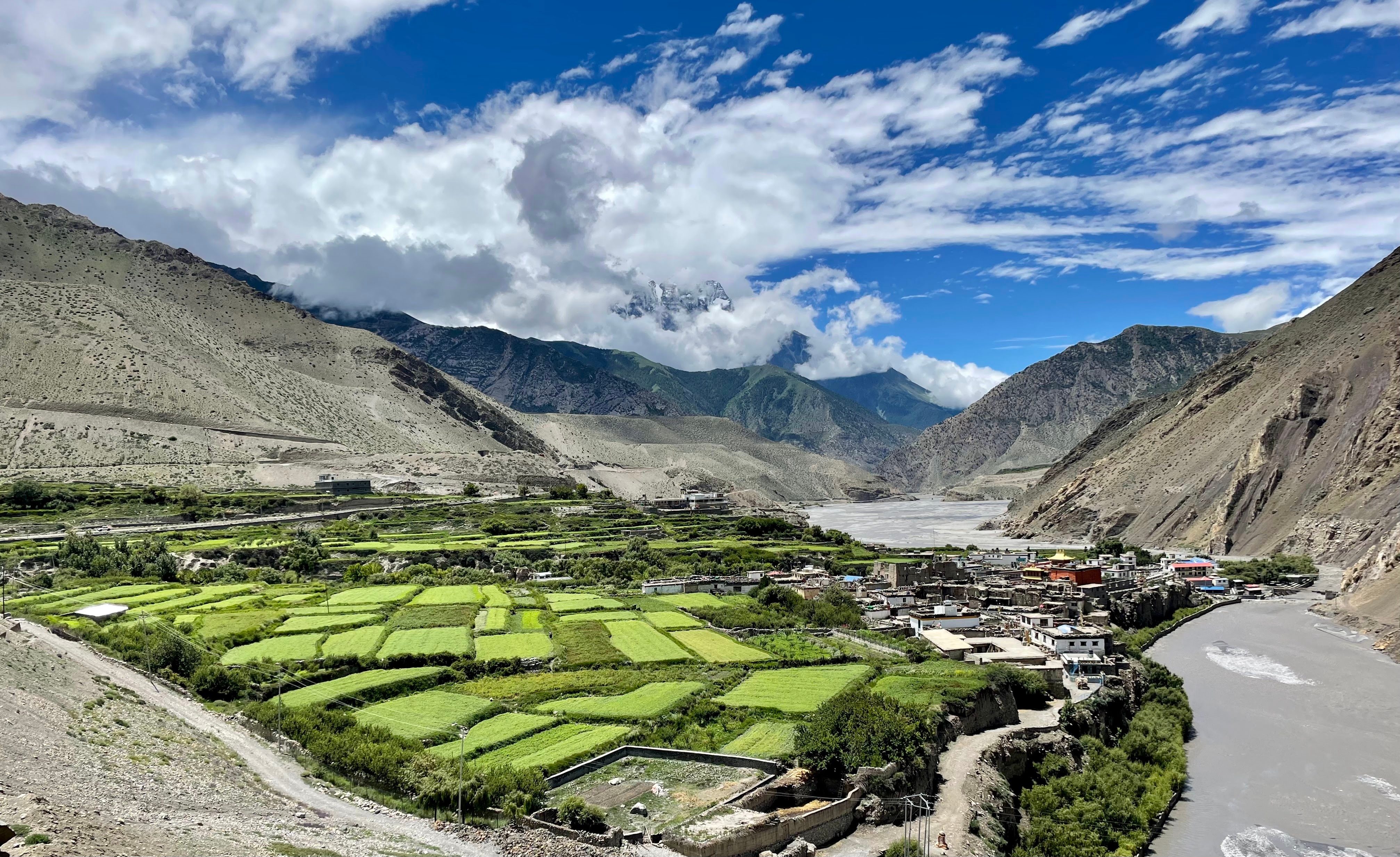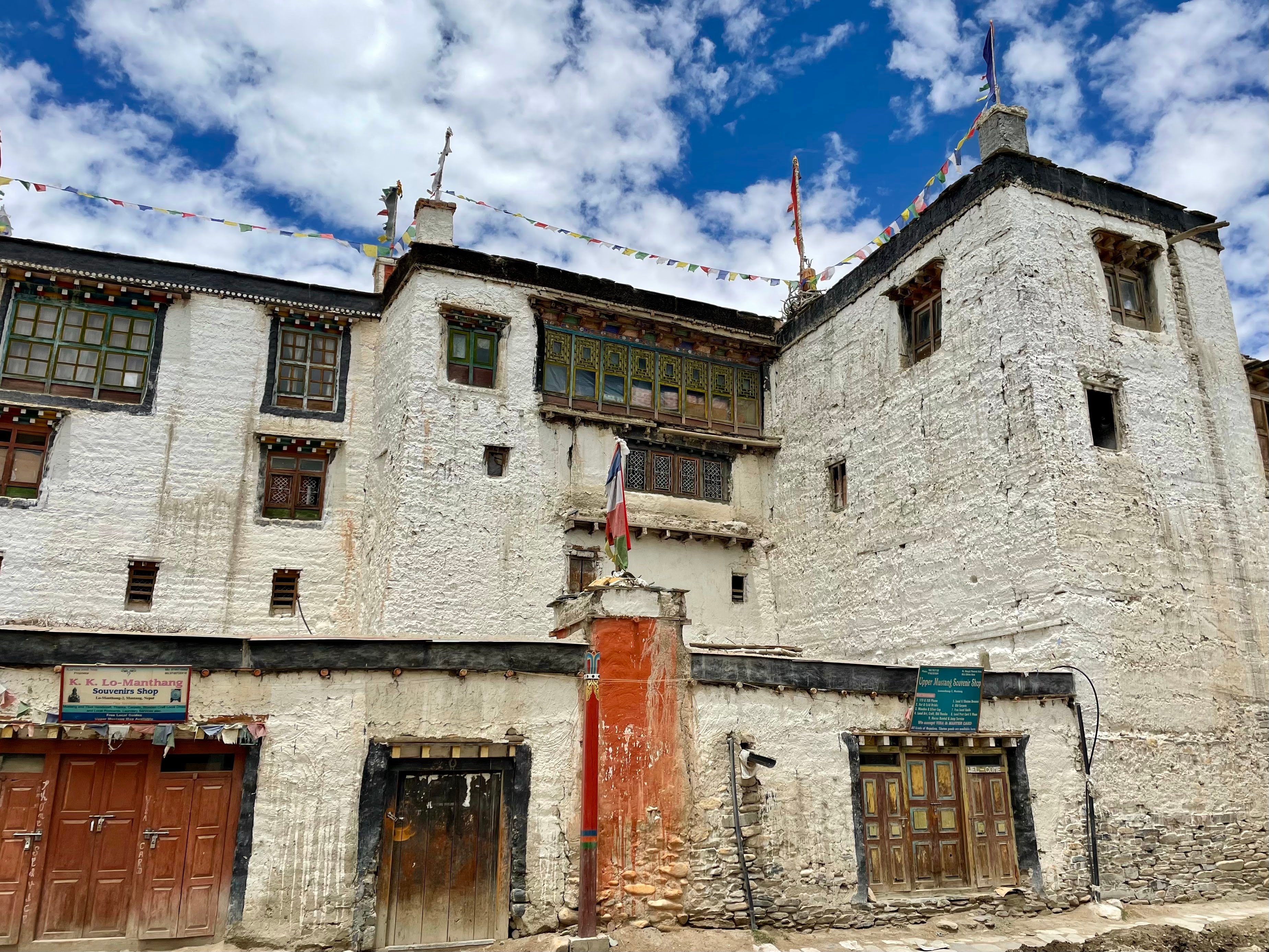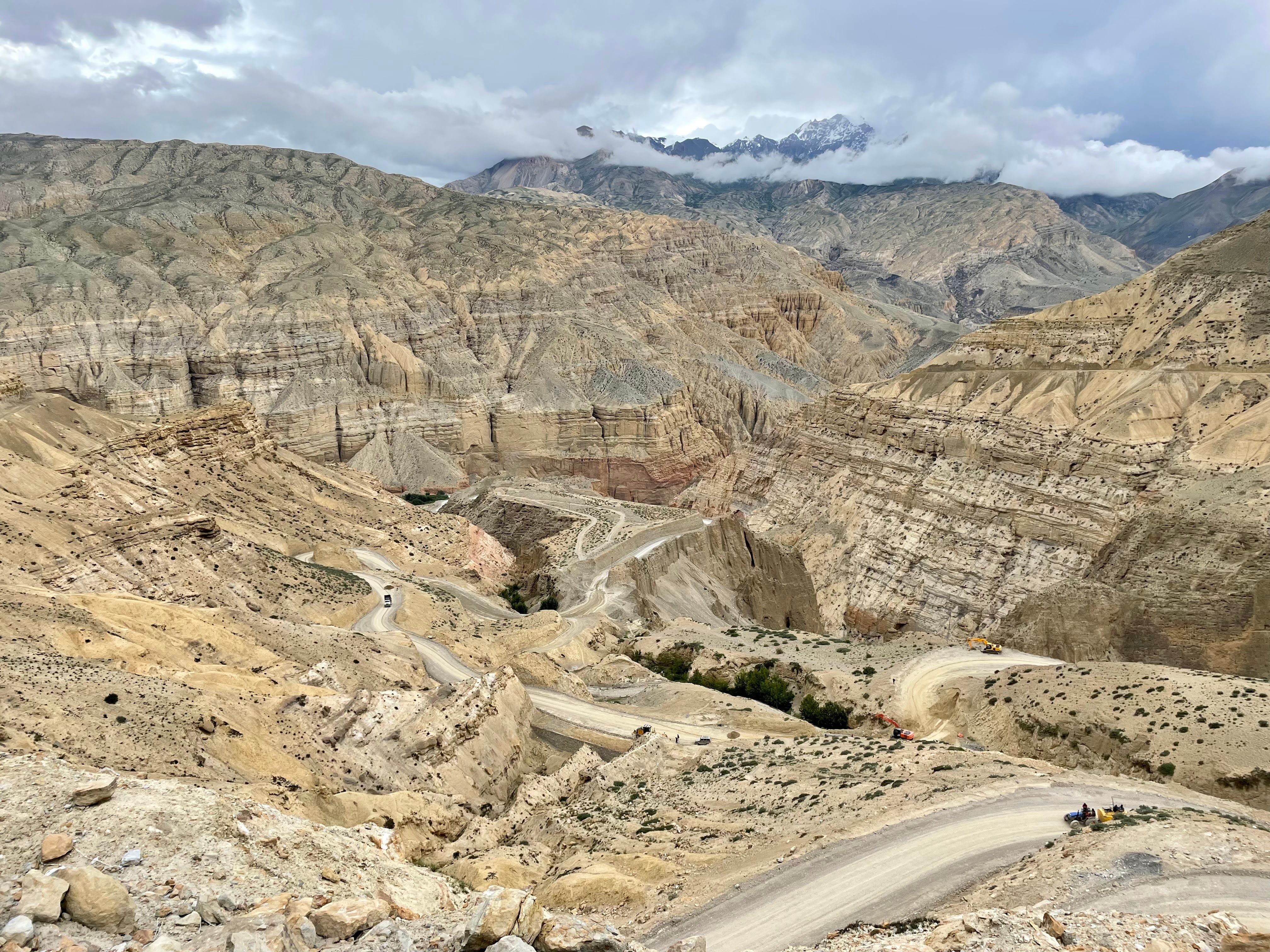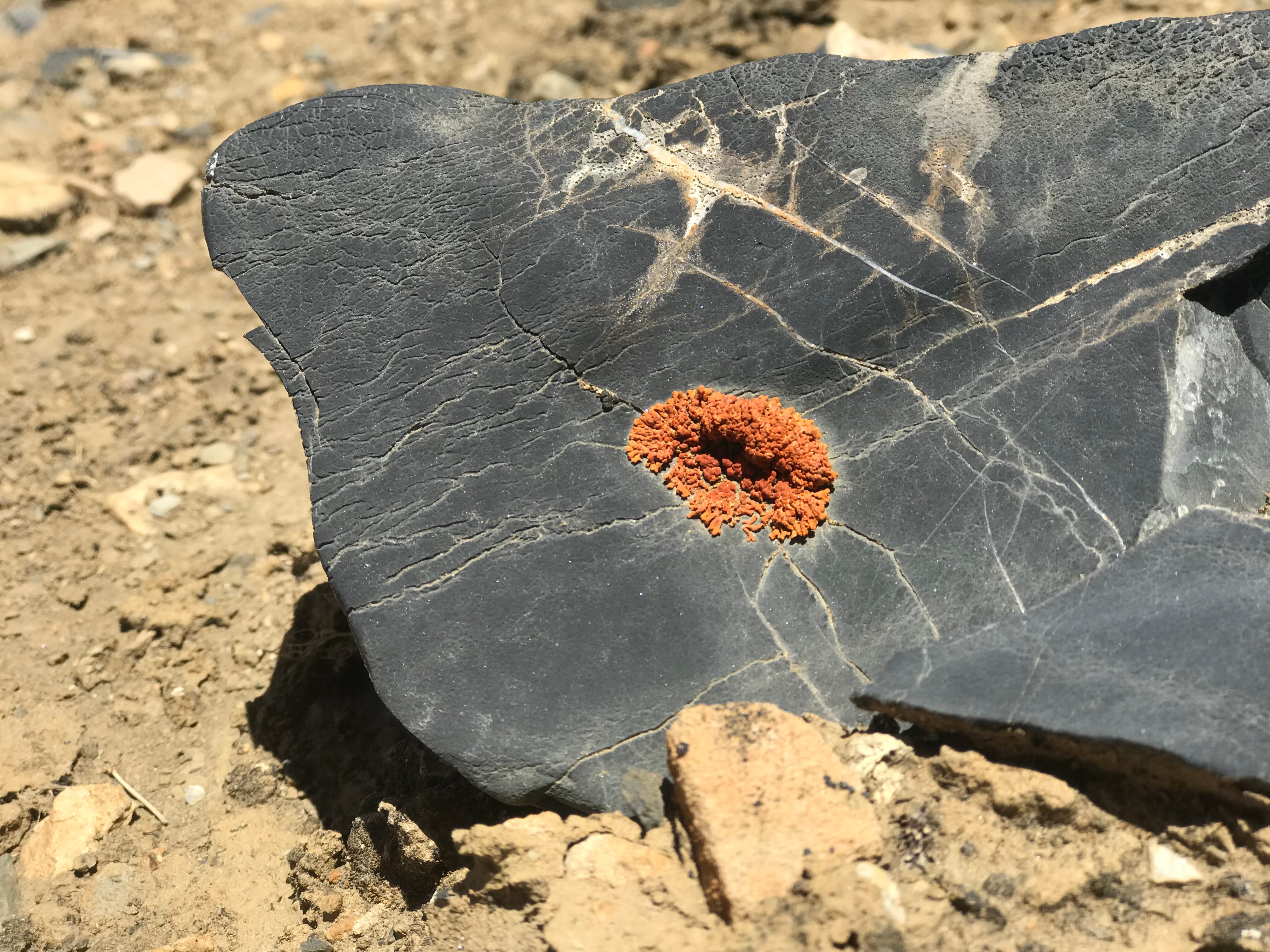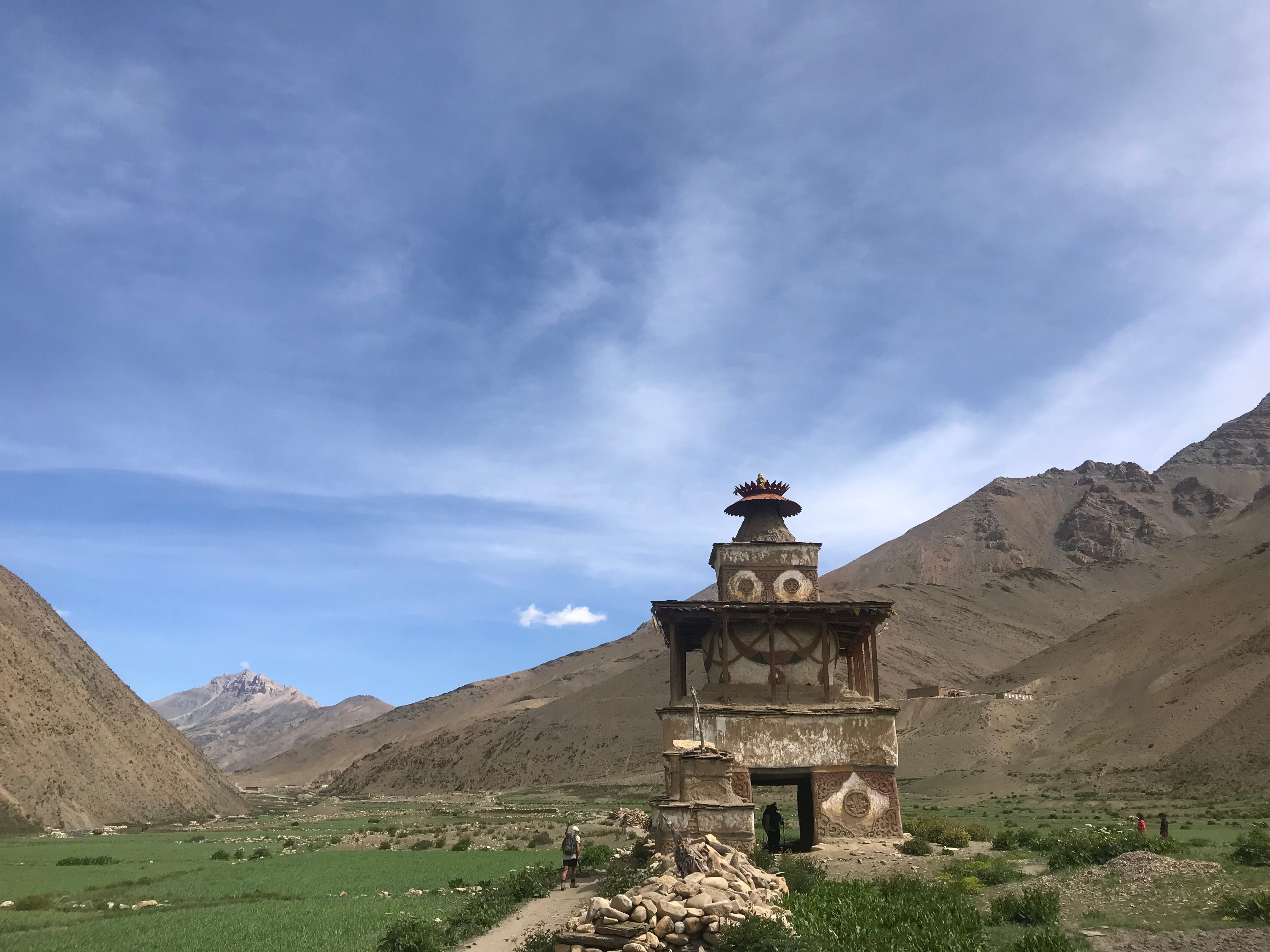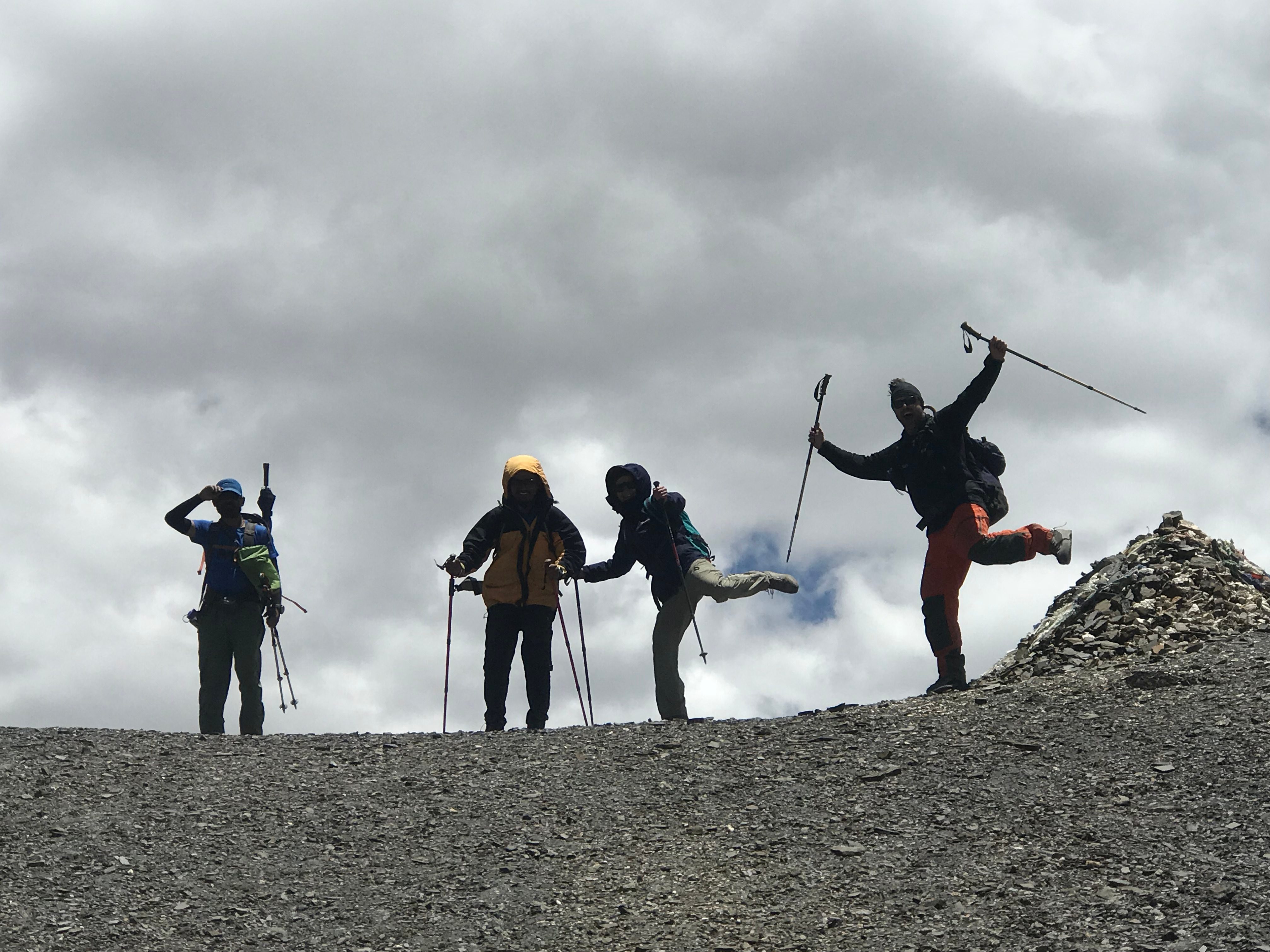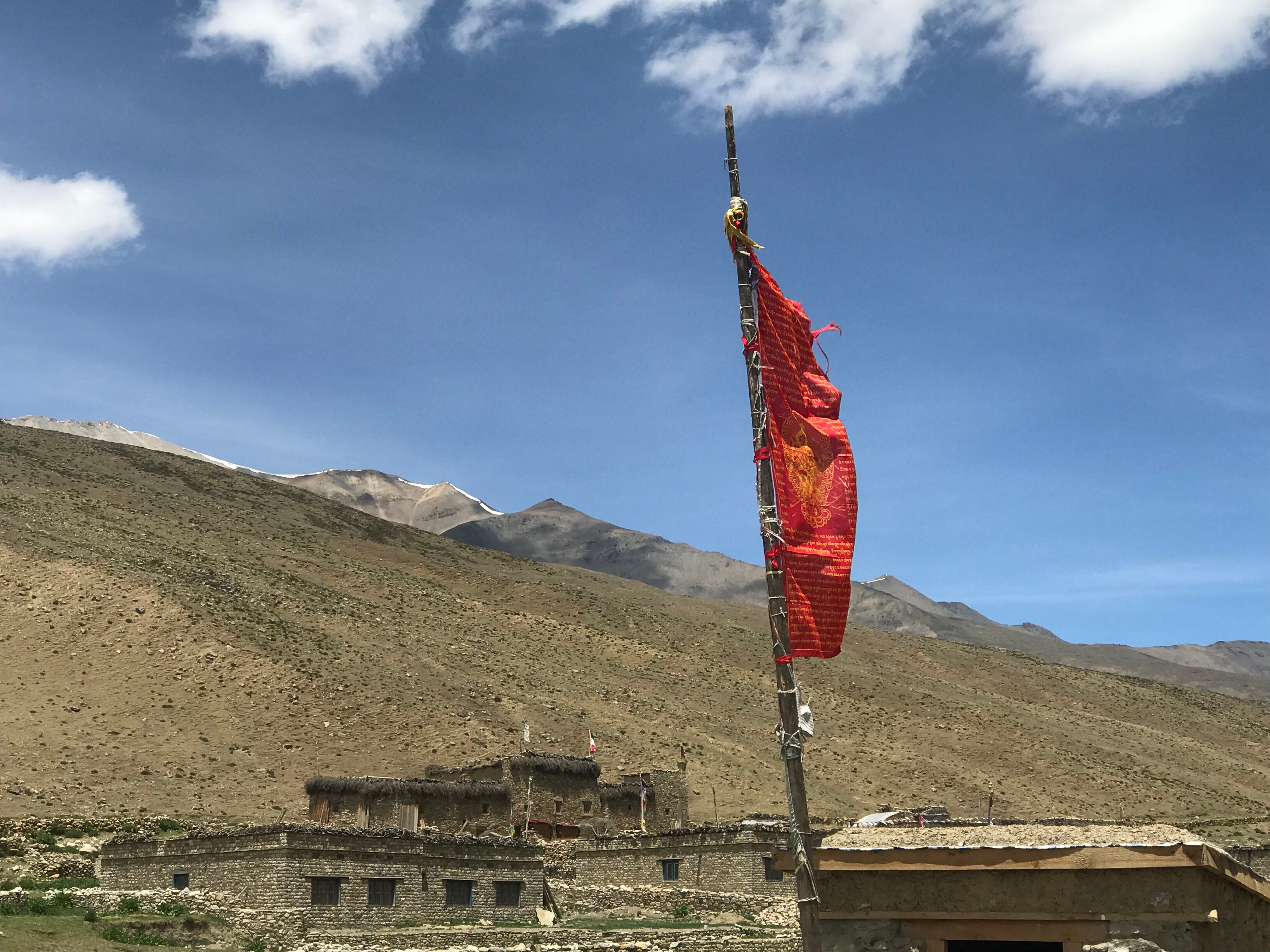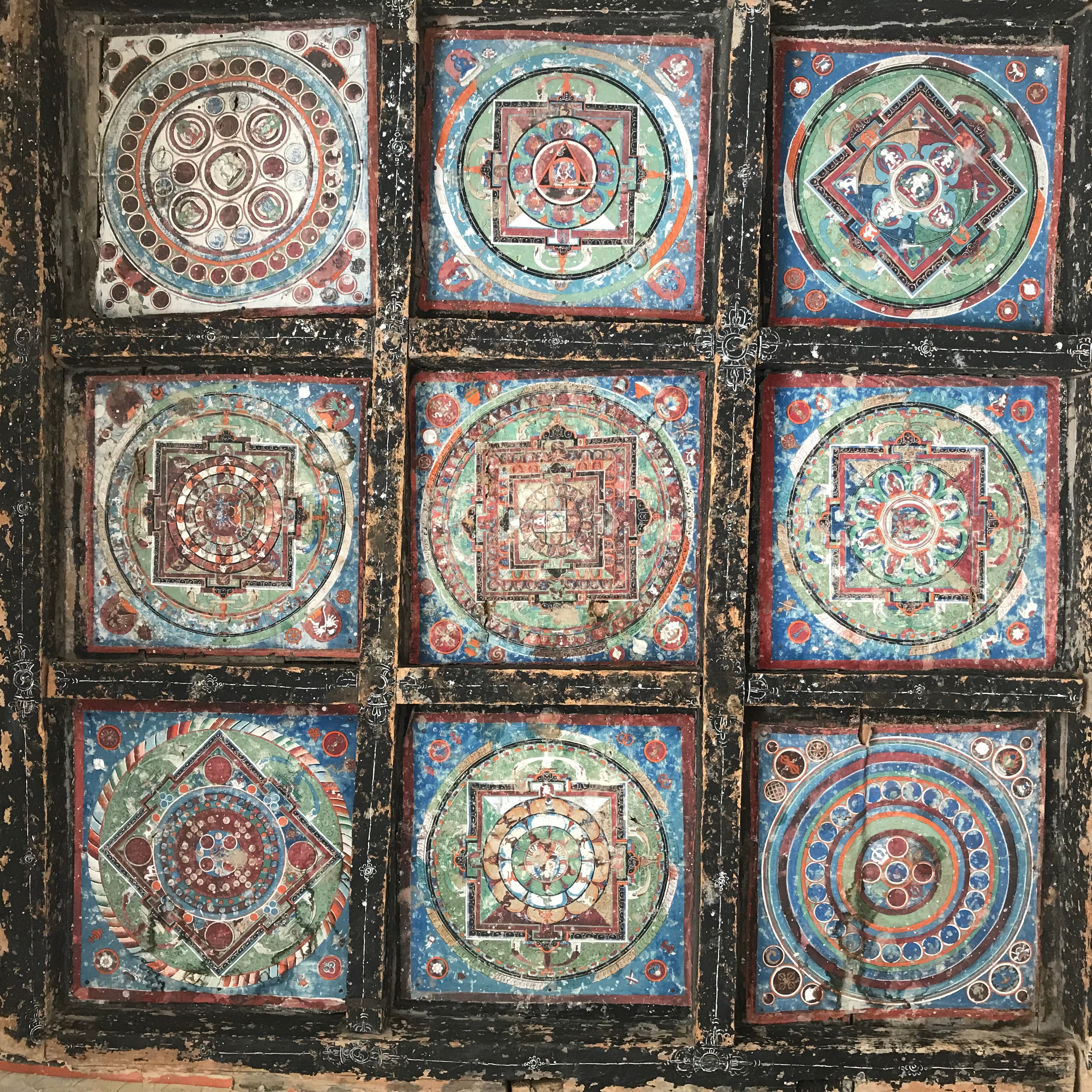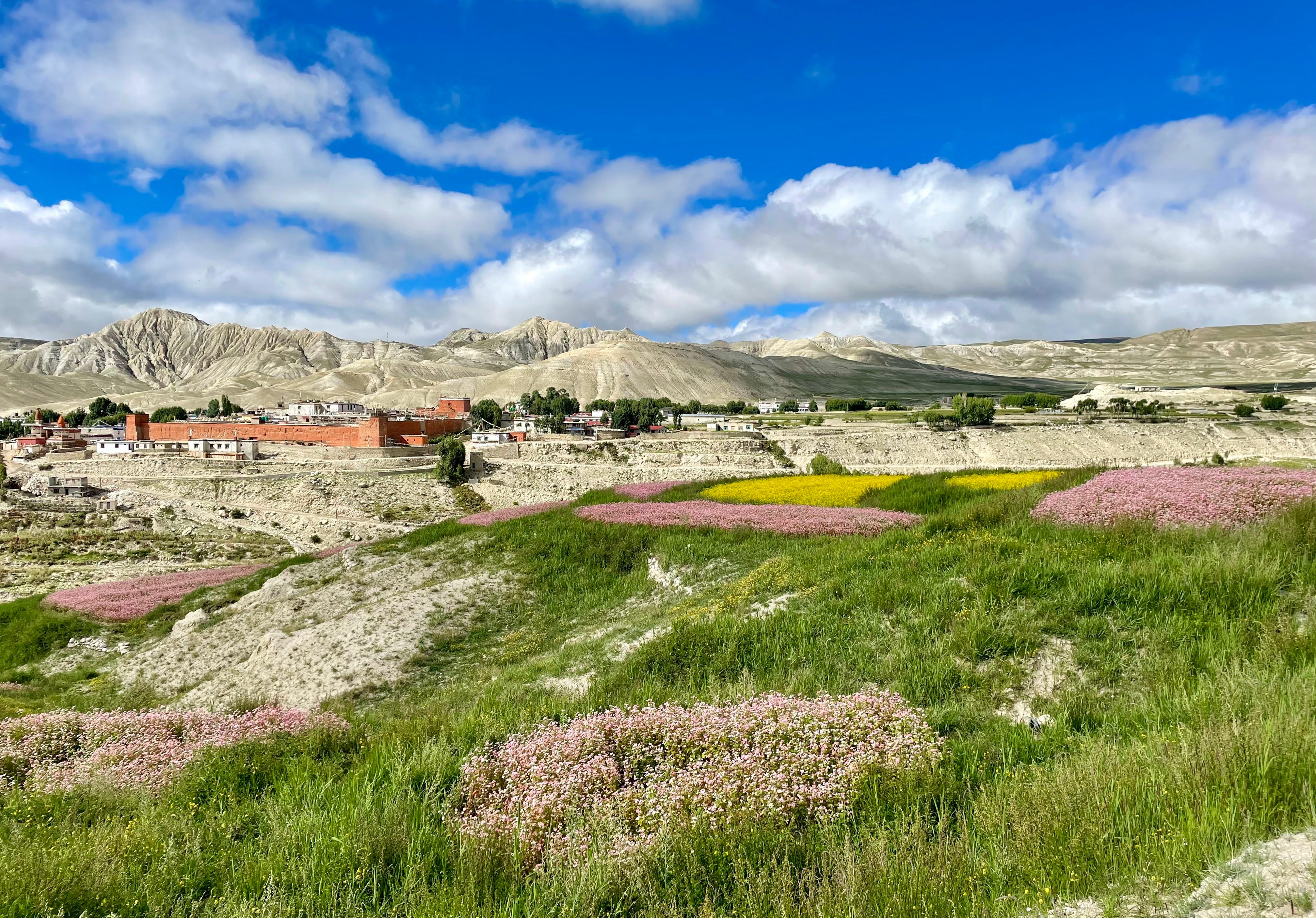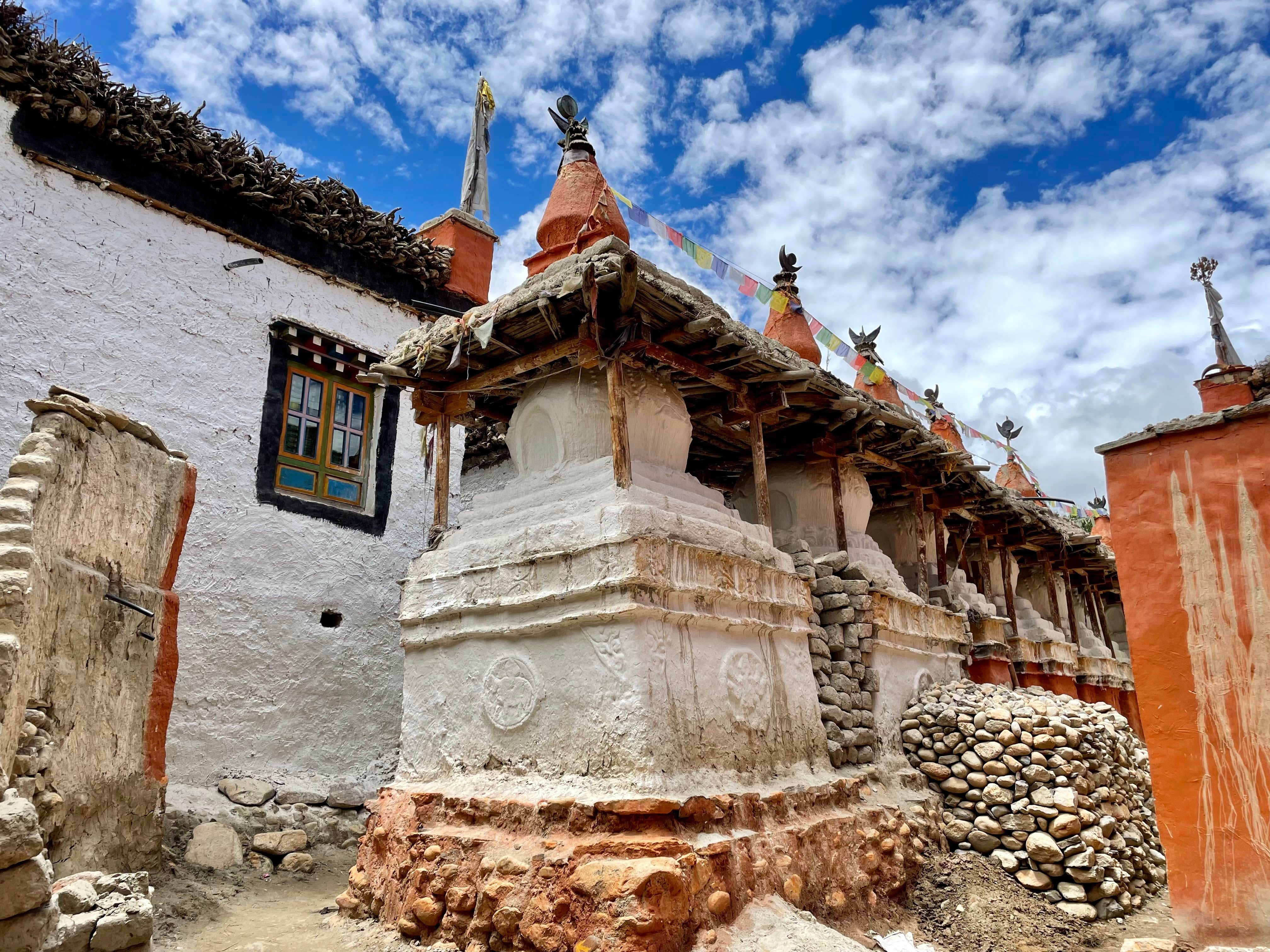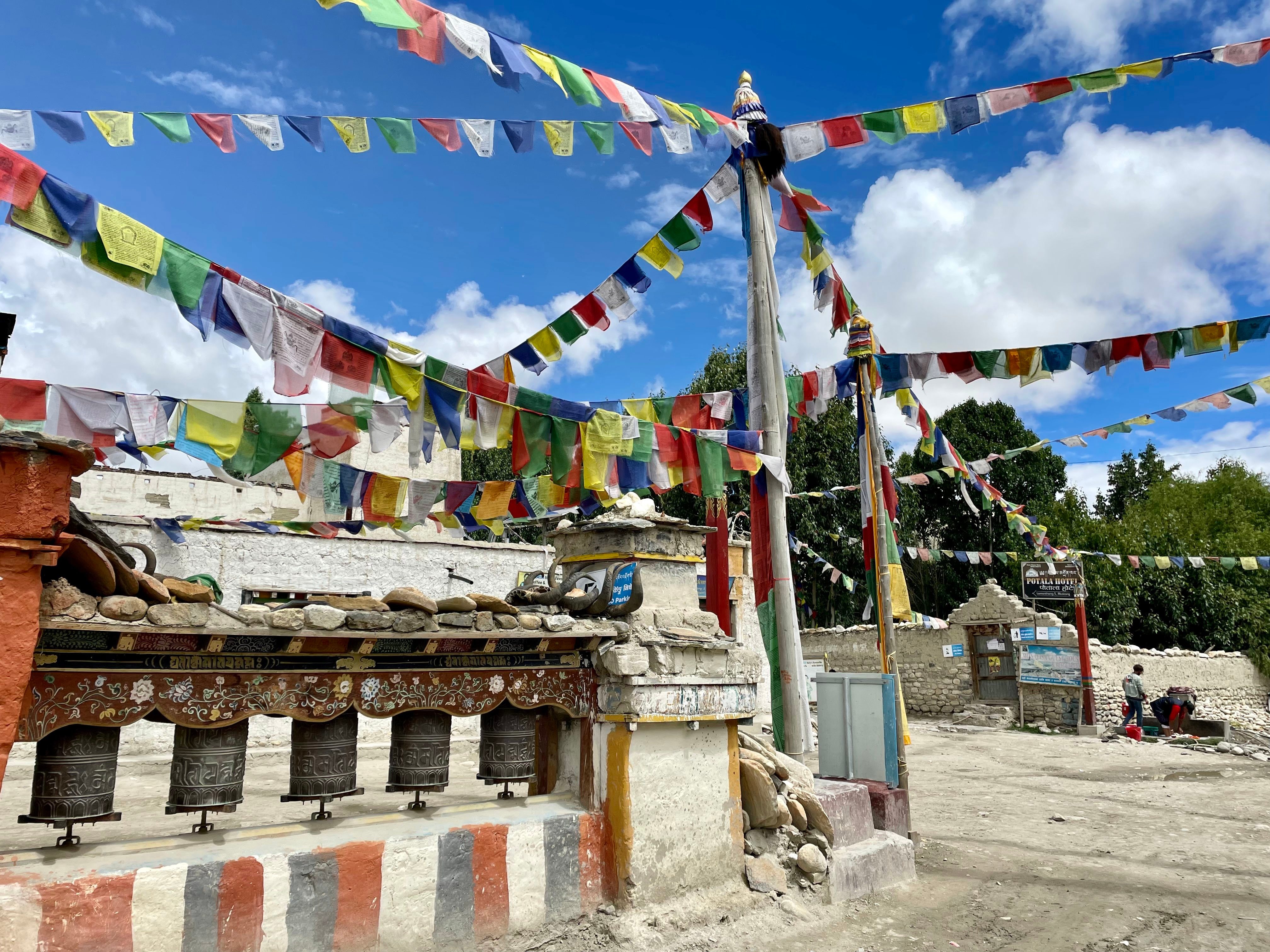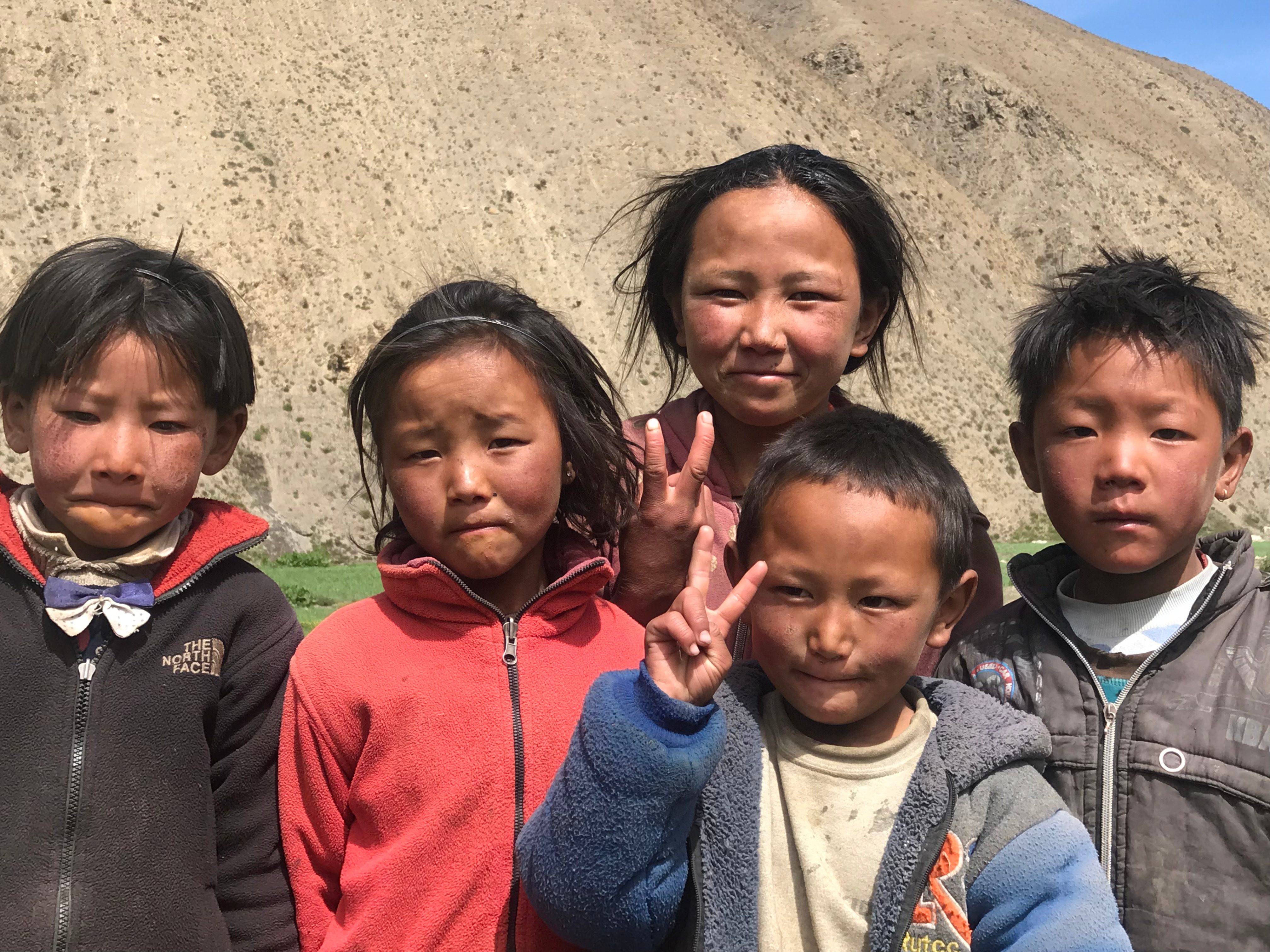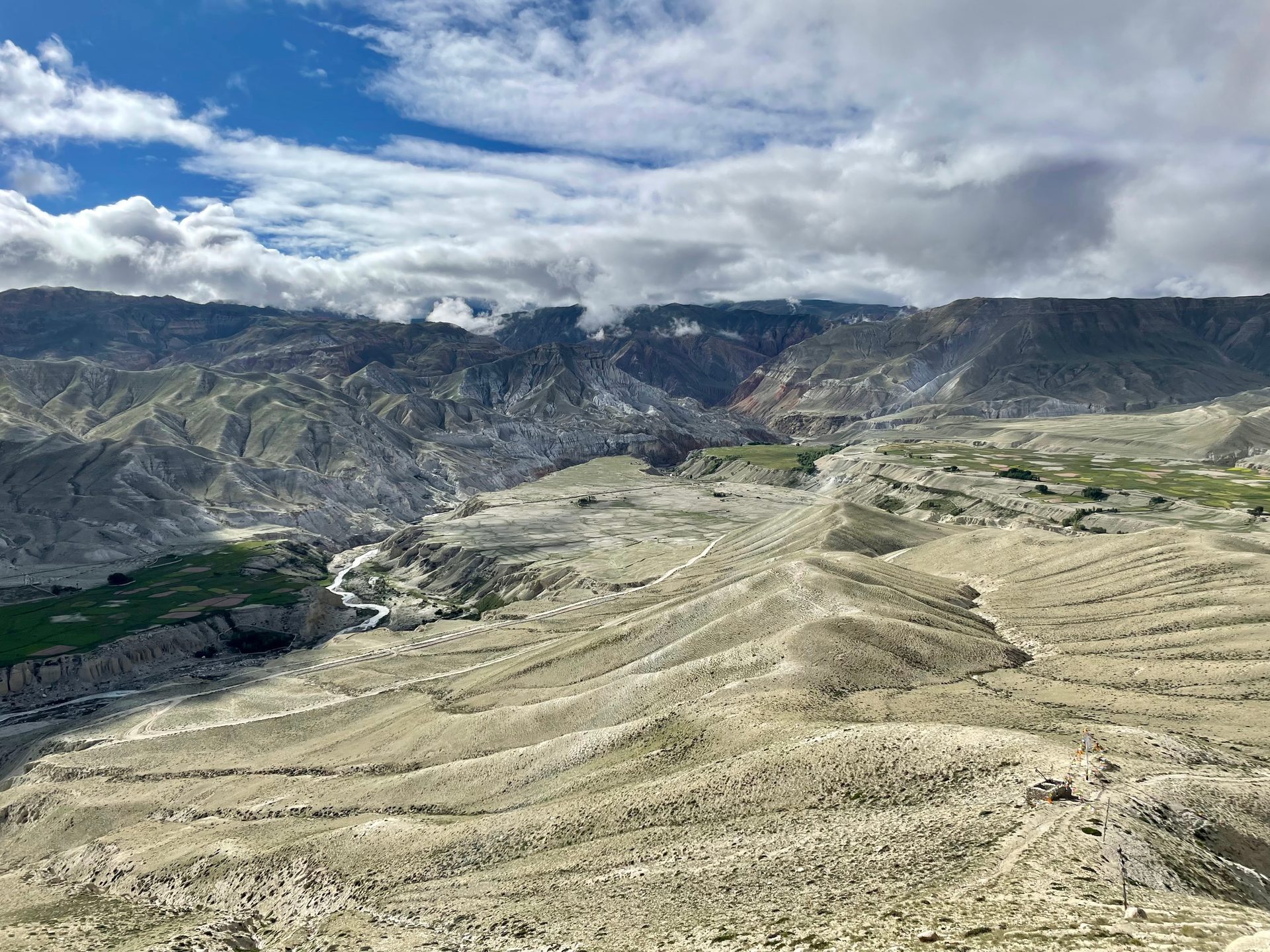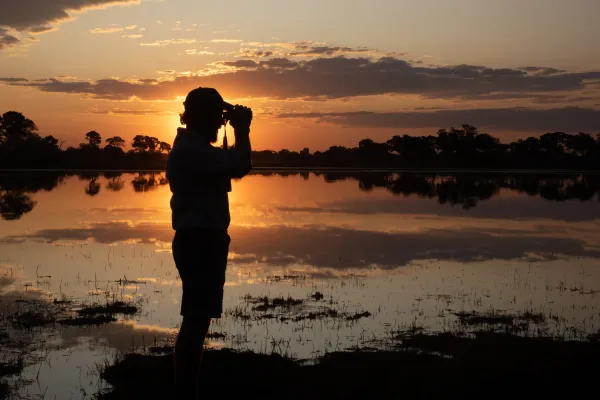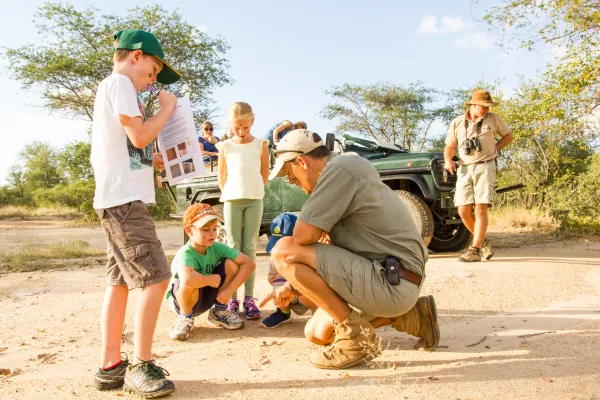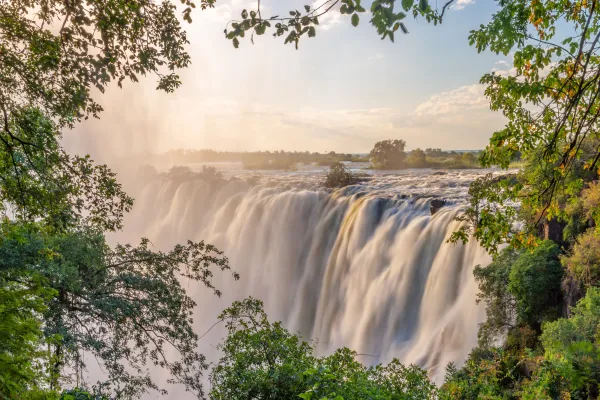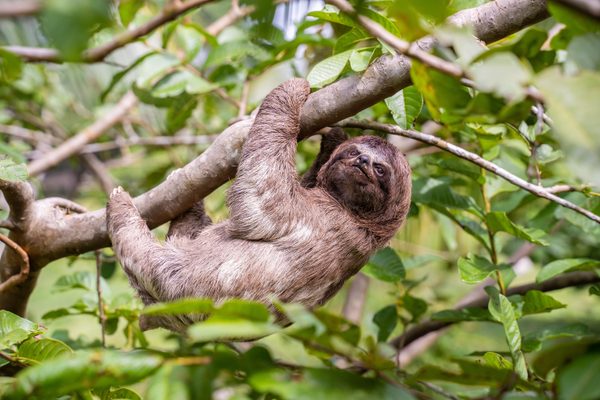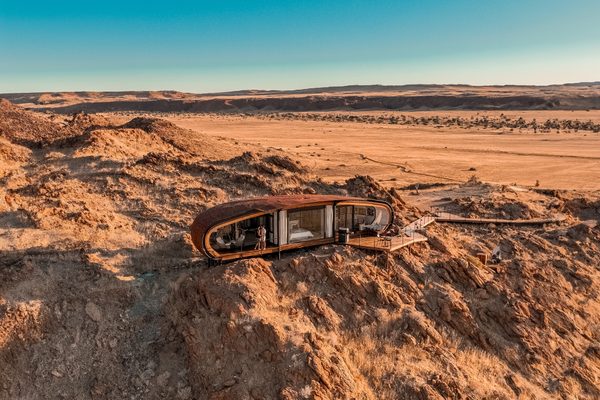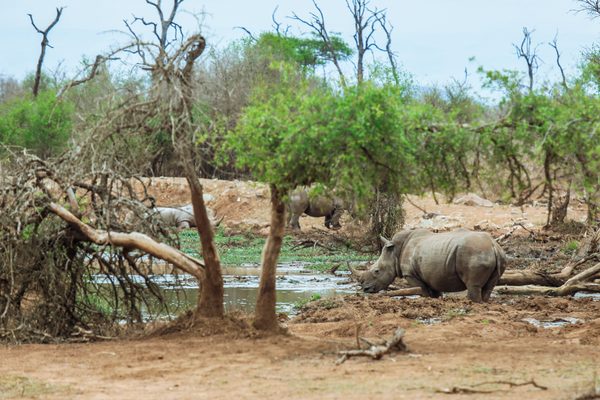This extraordinary 33-day journey takes you deep into some of Nepal’s most remote and culturally rich landscapes. The regions you’ll be trekking through—Upper Dolpo and Upper Mustang—are among the most isolated and restricted areas in Nepal, requiring special permits due to their cultural, environmental, and geopolitical sensitivity.
These areas have remained largely untouched by modernization, preserving a way of life that has existed for centuries. Dolpo, often called Nepal’s last hidden land, lies within Shey Phoksundo National Park, the country’s largest national park.
It is home to some of the highest-altitude settlements in the world, where traditional culture is deeply rooted in Tibetan Buddhism and Bon, an ancient pre-Buddhist spiritual tradition. Due to its isolation, Dolpo has remained largely unchanged, making it one of the few places where you can experience an unfiltered Tibetan way of life outside Tibet itself.
Upper Mustang, historically part of Tibet, is equally rich in heritage and was a restricted demilitarized zone until 1992. Its walled capital, Lo Manthang, is home to ancient monasteries, meditation caves, and a striking high-altitude desert landscape reminiscent of the Tibetan Plateau. With the experienced team of Nireka Adventures guiding you, you’ll be fully immersed in the beauty and spiritual depth of these hidden Himalayan regions.
Upper Dolpo Trek in Nepal
- Explore some of the most remote areas of Nepal with Nireka Adventures
- Enjoy high windswept passes, ancient villages & the home of the snow leopard
- Get to know the land of the old salt trade route from Tibet
- Discover Phoksundo Lake National Park
- Visit the famous Shey Gompa & Tsakang Gompa (the hanging monastry)
- Experience Lo Manthang, old capital of the Kingdom of Mustang
This challenging trek requires a good level of fitness, as you’ll be crossing high passes such as Sela La, Mola La, and Ghami Pass (5,694m), often trekking at high altitudes for extended periods. But the rewards are immense—spectacular mountain vistas, encounters with rare wildlife, and the chance to experience a way of life unchanged for centuries.
If you’re looking for an adventure where you can truly disconnect from modern life, trek through stunning Himalayan landscapes in a small group, and learn about the region’s unique culture, nature, and wildlife, this is the perfect journey for you.
Arrival and orientation in Nepal
Upon arriving at Tribhuvan International Airport in Kathmandu, the Nireka Adventures team will warmly welcome you, marking the official start of your trekking journey.
From the airport, you’ll be transferred to your hotel, where you can settle in, meet your group, and prepare for the adventure ahead. The inland flights from Kathmandu to the trek’s starting point provide a breathtaking introduction to Nepal’s landscapes, offering spectacular aerial views of the towering peaks you’ll soon be trekking beneath.
The first leg of the journey, from Kathmandu to Nepalgunj, is operated by larger aircraft with frequent schedules, ensuring a smooth transition to the remote regions. However, the final stretch—from Nepalgunj to Juphal—requires smaller aircraft due to the mountain airstrip’s limitations.
As a result, flights may be subject to weather-related delays, adding an element of unpredictability and adventure to your Himalayan experience.
Itinerary of the Upper Mustang Dolpo Trek
This 33-day trek takes you through the remote and culturally rich regions of Upper Dolpo and Upper Mustang, offering an immersive experience in Nepal’s untouched landscapes.
Starting in Kathmandu, you’ll fly to Nepalgunj and then to Juphal, the gateway to Dolpo. From there, you’ll trek through high-altitude villages, crossing challenging passes like Nagdalo La (5,350m) and Ghami Pass (5,694m), visiting ancient monasteries, and camping in breathtaking wilderness.
After reaching the historic walled city of Lo Manthang, you'll descend towards Jomsom before flying back to Pokhara and Kathmandu. Along the way, you’ll experience Tibetan Buddhist culture, stunning Himalayan views, and the raw beauty of one of the world’s most secluded trekking routes.
For the full day-by-day itinerary, you can click the button below.
»It’s not the mountain we conquer, but ourselves.«
Accommodation during the trek
Your journey begins with a comfortable stay in a twin-shared hotel room in Kathmandu and Nepalgunj. Once the trek starts, accommodations will be in tents tents (with the exception of a few nights at the end when you will be in tea houses), offering a true adventure in the remote Himalayas. Depending on whether you’re traveling solo or with a partner or family, you can choose between single or shared tents and tea house rooms, ensuring a comfortable rest after each day's trek.
Board during the trek
Nireka Adventures takes great care in providing nutritious and delicious meals throughout your trek, thanks to their dedicated kitchen crew.
You’ll enjoy three freshly prepared meals a day, keeping you energized for the journey ahead. If you have specific dietary requirements, such as vegetarian, allergy-related, or medically recommended diets, please inform Nireka Adventures at least one month before departure so they can assess how best to accommodate your needs.
However, please note that in very remote areas, food options may be limited, expensive, or unavailable, and in some cases, trekkers with strict dietary needs may need to bring their own supplies. While Nireka Adventures strives to maintain food safety, they cannot guarantee a peanut-free or allergen-free trip.
If you have severe or life-threatening allergies, Nireka Adventures strongly recommends taking all necessary medical precautions and carrying any required medications, as you will be responsible for self-administering them in case of exposure.
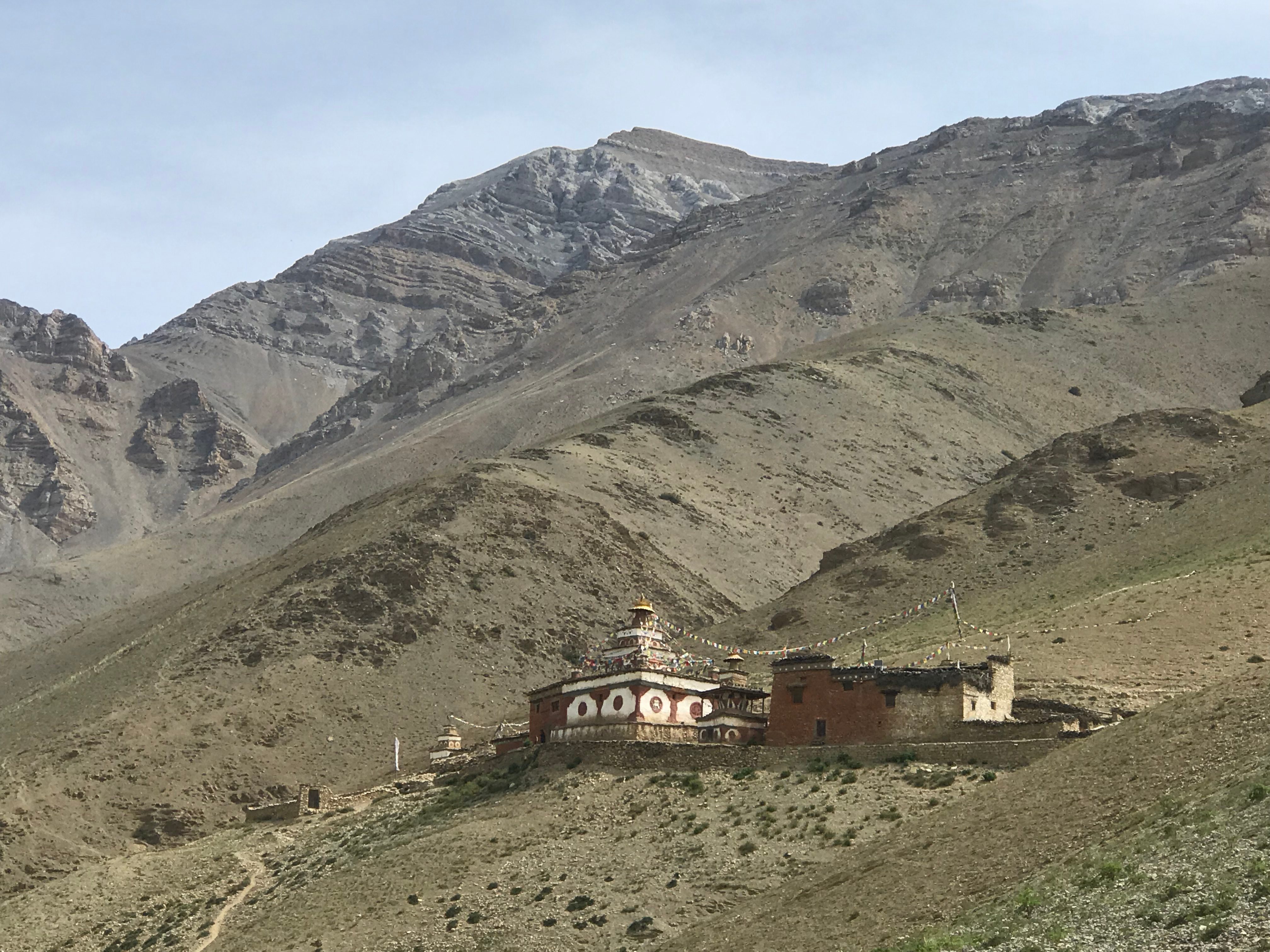
Is this trip right for me?
This expedition is designed to be a challenging yet rewarding experience, with a clear goal that relies on teamwork, contribution, and a positive attitude from each participant.
To fully enjoy and succeed in the journey, it's important to be in good physical condition, as the trek demands endurance and resilience in varying conditions. Equally essential is a strong mental readiness to embrace the diverse experiences the trip offers. The tour operator highly encourages potential participants to contact them early to discuss your fitness level, experience, and expectations.
This will help ensure that you’re well-prepared and they can help you prepare and get ready for the trip.
Note on physical fitness level
For a trek of this nature, physical fitness is important. In general Nireka Adventure advises the best training for long walks is walking for a long time. But if that is not available for you in your daily rhythm do the excersise that you love most, try to get some cardio and some endurance training into your preparation for this trek because the days will be quite long and you will be trekking every day, with few rest days in between for many days in a row.
This trek needs you to be fit! If you can start walking regularly, great, and best start training as soon as you know you will join!
What you carry yourself
In your pack, you'll need to carry essential items such as extra warm clothing (depending on altitude, location, and weather), a rain jacket, water bottle, camera gear, and valuables like sunscreen, lip balm, and other personal items.
Nireka Adventures recommends using a backpack with a minimum size of 45 liters to ensure you have enough space to accommodate any additional gear you may need along the way.
A typical day on trek
Your day begins with a warm cup of tea or coffee brought to your tent between 6:00 am and 7:00 am, followed by a bowl of warm water for washing. Before breakfast, you'll pack your gear into your kit bag, which will be transported by our team, and you won’t have access to it until you reach camp in the afternoon. Your group aims to hit the trail between 7:30 am and 8:30 am.
After a solid morning of trekking, you and your group will take a break for lunch around 11:00 am. This two-hour rest allows both trekkers and Nireka Adventures staff to enjoy a leisurely meal, wash up, and relax. It’s also a great time to catch up on your diary, read, or simply rest before heading out for the afternoon.
The afternoon walk is typically shorter, and your group will usually arrive at camp between 3:00 pm and 4:00 pm. Once you reach camp and the kitchen is set up, you’ll be treated to afternoon tea or coffee, and washing water is provided to freshen up after a day on the trail.
Until dinner, there’s time to explore the surroundings, visit nearby villages (if any), or simply relax and socialize with the team and locals. Dinner is typically served around 6:00 pm to 7:00 pm. Be sure to bring your torch and water bottle to the dining tent, where you will fill it with hot water—a great way to make a warm water bottle for the night.
Evenings on trek are often one of the most memorable parts of the journey, with conversations, card games, and even local singing and dancing creating a sense of camaraderie. All camp chores are handled for you, so you can fully enjoy your downtime.
Since your gear is carried by mules, you only need to carry a light day pack, leaving you free to immerse yourself in the adventure without heavy loads.
The region of the Upper Mustang via Dolpo Trek
Dolpo, often called Nepal’s last hidden land, lies within Shey Phoksundo National Park, Nepal’s largest national park. It is home to some of the world’s highest-altitude settlements and a deeply rooted Tibetan Buddhist and Bon spiritual heritage. Its isolation has preserved an authentic Tibetan way of life, making it one of the most culturally unique regions in Nepal.
Upper Mustang, known as the Kingdom of Lo, was closed to outsiders until 1992 and still requires special permits. Historically part of Tibet, its walled capital, Lo Manthang, is home to ancient monasteries, meditation caves, and a striking high-altitude desert landscape reminiscent of the Tibetan Plateau. This region offers a rare glimpse into a world that remains deeply connected to its Tibetan roots.
As you traverse high passes such as Sela La, Mola La, and Ghami Pass (5,694m), you’ll step into a realm that feels like Tibet before modern influences. This journey is not just a trek—it’s an immersive experience into a remote and mystical world, where nature, history, and spirituality blend seamlessly into one unforgettable adventure.
The perfect trekking seseason for Dolpo is mid-June to mid-September. There is no Monsoon in this region. It is dry as it is an extension of the Tibetan plateau. Daytime temperatures can be in the high 25 – 28 degrees Celsius in the lower regions and the wind might be your biggest factor to negotiate. On the passes it can get down to 0or even -5 degrees or less depending on the windchill factor and the weather system you are in when you cross.
Nireka Adventures
Nireka Adventures, founded by experienced mountaineer Satish, offers unforgettable Himalayan treks. With over two decades of expertise, Satish and his dedicated team prioritize safety, comfort, and exhilarating journeys. Committed to giving back, Satish supports rebuilding efforts in earthquake-affected villages and offers scholarships. Join Nireka Adventures for a life-changing adventure in the Himalayas!
Learn moreSign up for the newsletter
By clicking on “Subscribe now” I will subscribe to the Conscious Explorer newsletter with all the information about mindful travel. Information on the success measurement included in the consent, the use of the shipping service provider MailChimp, logging of the registration and your rights of revocation can be found in our privacy policy.

